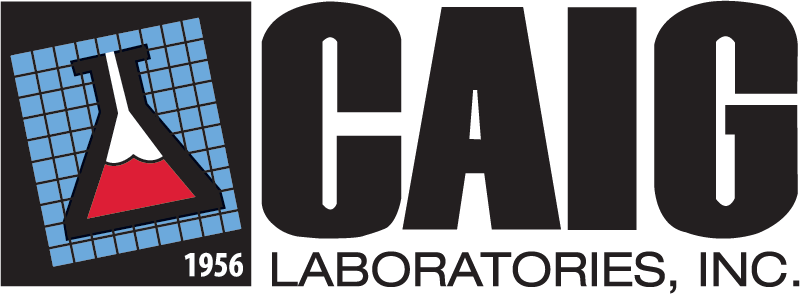
CAIG Laboratories, Inc.
CAIG Laboratories, Inc. is a renowned manufacturer of specialty chemicals and solutions for the maintenance and protection of electronic equipment. Their products include contact cleaners, lubricants, preservatives, and restoration kits designed to improve the performance and reliability of electronic devices. With over 60 years of experience, CAIG Laboratories has established itself as a trusted brand in the electronics industry. Their products cater to various applications such as audio/video, military, aerospace, and automotive. Known for their high-quality and innovative solutions, CAIG Laboratories continues to provide exceptional customer service and support, ensuring customer satisfaction. The company's commitment to research and development has resulted in numerous patents and industry awards, making them a leading provider of specialty electronics chemicals.
Thermoelectric, Peltier Modules
Results:
Results remaining:0
Applied Filters:
CAIG Laboratories, Inc.
No data |
About Thermoelectric, Peltier Modules
Thermoelectric modules, also known as Peltier modules, are specialized devices that utilize the Peltier effect to facilitate thermal transfer. These modules consist of two ceramic substrates with a junction in between. When an electric current is passed through the junction, heat is generated on one side while being absorbed on the other side. To effectively manage the heat generated, it is recommended to use a heatsink on the hot side of the module. The heatsink helps dissipate the excess heat and maintain optimal operating temperatures. The characteristics of thermoelectric modules include: Qmax @ Th: This refers to the maximum amount of heat that can be transferred by the module when the temperature at the hot side (Th) is maintained within specified limits. Delta Tmax @ Th: It represents the maximum temperature difference that can be achieved between the hot side and the cold side of the module when the temperature at the hot side (Th) is maintained within specified limits. Current max: This indicates the maximum current that the module can handle without experiencing any adverse effects or performance degradation. Voltage max: It denotes the maximum voltage that can be applied to the module without causing any damage or compromising its functionality. Resistance: This parameter relates to the electrical resistance exhibited by the module, which affects the efficiency and performance of the device. Operating temperature: It specifies the temperature range within which the module can function reliably and maintain its desired performance characteristics. By considering these characteristics, engineers and designers can select the appropriate thermoelectric modules for their specific thermal management requirements. These modules find applications in various industries, including electronics, telecommunications, automotive, aerospace, and medical, where precise temperature control and thermal regulation are crucial.
